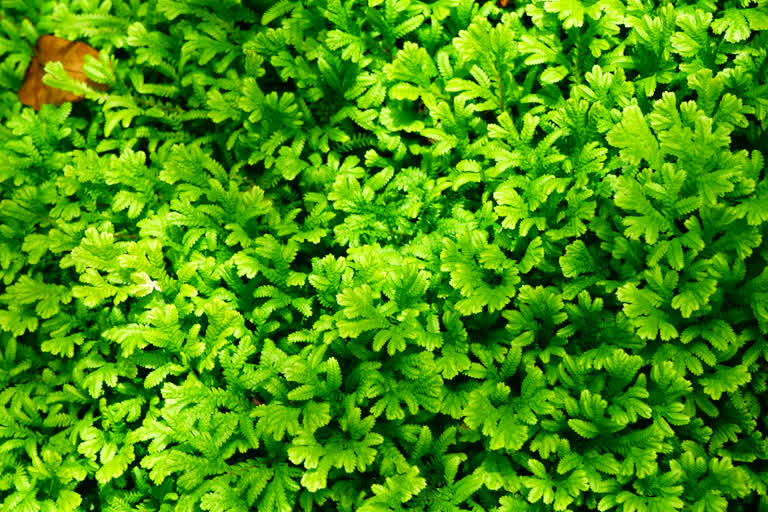In the story of Ramanaya, the reference of the word 'Sanjeevani Booti' or 'Sanjeevani Herb' goes back to its mention in the Indian mythology. It was when Lord Hanuman was asked to search for this herb, to revive Lakshman on the battle ground and when the dose was given, it actually worked. In contemporary times, the questions that arise are if the herb still exists or not? If it does, where does it grow? What name is it known by? And how is it useful?
To get answers to all these questions, the ETV Bharat Sukhibhava team spoke to Dr. Ranganayukulu, Ph.D. in History of Ayurveda. He says, 'Botanists, Ayurveda physicians, and amateur medicinal plant enthusiasts have been searching for this plant. Till now 17 species of plants have been the candidates for the place of Sanjeevani. Some of these possible plants are Cressa Critica (littoral bindweed), selaginella , Desmothecum fimbriatus, Giloy, Melaxis Acuminate, Mycrosylus Willichi, and Actiniopteris Radiata. After further screening, there are 3 plants that qualify the description of Sanjeevani'. Here are those 3 plants and their benefits as explained by our Ayurvedic expert.
Cressa Cretica (Rudanti)
Cressa Critica, also known as Rudanti in Ayurveda, grows in saltwater or stagnated water in south India. The fresh juice of this plant stimulates blood circulation and even acts as a painkiller. Also, it is a popular holophytic (synthesise complex organic compounds by photosynthesis) plant and is used in folklore medicine for various ailments like diabetes, gastric ulcers, bronchial asthma, worms in intestines, and tonic and aphrodisiac. It enriches the blood and is useful in constipation, leprosy, and urinary diseases. There is scientific evidence that suggests its versatile biological functions such as it is antibacterial, antifungal, antitussive (reduces cough), and anticancer.
Selaginella Bryopteris (Spike Mosses)
The second plant with traits of Sanjeevani is Selaginella Bryopteris, known as spike mosses. This grows in the higher altitudes of tropical regions. Selaginella is used in jaundice, burning micturition, heatstroke, and dystocia (difficult labor). It is often used in Ayurveda for the prevention and cure of several disorders like spermatorrhoea (excessive involuntary ejaculation), venereal diseases, constipation, colitis, urinary tract infections, fever, epilepsy, leucorrhoea, beriberi, and cancer. It is also use as a strengthening tonic in debility.
Desmothecum Fimbriatus
The third plant Desmothecum Fimbriatus grows in the hilly regions. It is usually given in fever, difficulty in breathing, and in all respiratory diseases. 'Certainly, one of these three plants was described as Sanjeeevani in literature. The description of the plant in Ayurveda literature is close to littoral bindweed and spike mosses' he adds.



